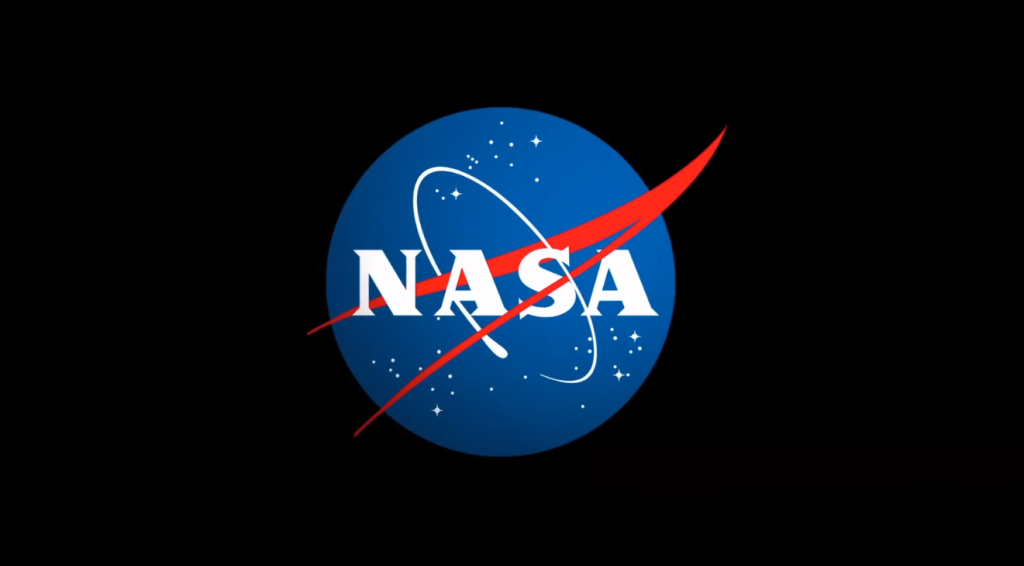
Trump-Vance Budget Pushes NASA Toward Moon and Mars, With a Leaner, Smarter Plan
The Trump-Vance administration has rolled out its proposed budget for Fiscal Year 2026, and space fans have plenty to talk about. The new plan puts NASA on a fast track to get humans back on the Moon—and one step closer to Mars—while also tightening the agency’s focus and trimming the fat.
At the core of the proposal is a strong push for human space exploration, backed by smart budgeting and a shift in priorities that leans into innovation and efficiency.
“This proposal includes investments to simultaneously pursue exploration of the Moon and Mars while still prioritizing critical science and technology research,” said acting NASA Administrator Janet Petro. “I appreciate the President’s continued support for NASA’s mission and look forward to working closely with the administration and Congress to ensure we continue making progress toward achieving the impossible.”

Big Boosts for Moon and Mars Missions
The new budget directs over $7 billion toward lunar exploration and adds another $1 billion for Mars programs. These investments don’t just keep America’s space efforts moving—they speed them up. The administration aims to land astronauts on the Moon before China and lay the groundwork for the first crewed mission to Mars.
Sharpening NASA’s Focus on What Matters Most
To keep things sustainable, the administration is cutting high-cost or lower-priority programs—like the Mars Sample Return mission—and handing off some projects to the private sector, where they can operate more efficiently. NASA will concentrate its efforts on science and technology that directly support its long-term space exploration goals.
A New Direction for the Artemis Program
The Artemis program is also heading in a new direction. After Artemis III, NASA will retire the SLS rocket and Orion spacecraft, replacing them with more cost-effective commercial launch systems for future Moon missions. The Gateway program once planned as a key lunar orbit station, will be phased out, though NASA plans to reuse some of its components in other missions.
At the same time, the U.S. is bringing international partners into the fold, opening new opportunities for collaboration on missions to the Moon and Mars.
Prepping for the Next Step in Low Earth Orbit
As NASA shifts its sights to deep space, it’s also preparing to transition from the International Space Station (ISS) to commercial alternatives by 2030. The agency plans to scale back ISS crew size and onboard research while encouraging private companies to take the lead on future space stations. The aim is to establish a more affordable and transparent approach to operations in low Earth orbit.
Cutting Costs, Not Innovation
The budget puts a strong focus on spending wisely. It cuts programs that don’t align with NASA’s core mission—such as climate-focused aviation research and DEIA (Diversity, Equity, Inclusion, and Accessibility) initiatives—and redirects those funds to exploration and research that support space innovation. The administration believes these changes will keep NASA laser-focused on its primary goal: pushing the boundaries of space exploration.
Looking Ahead: A Leaner, Bolder NASA
This budget sets the tone for what could be one of the most exciting and transformational decades in space exploration. With a streamlined approach, smarter investments, and stronger ties with both private companies and international allies, NASA is preparing for a new era—one where walking on the Moon again and setting foot on Mars may be closer than we think.



